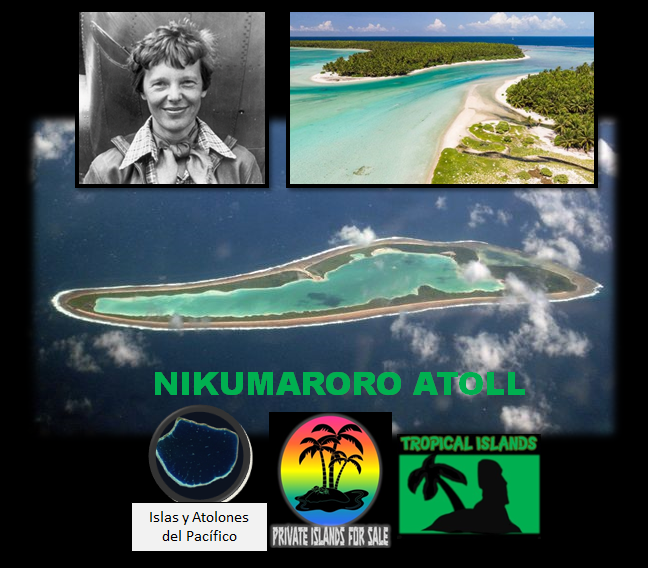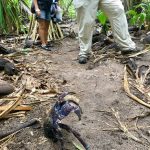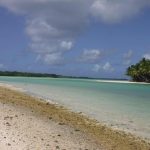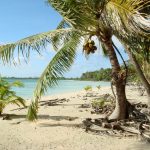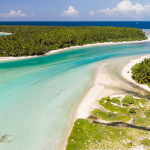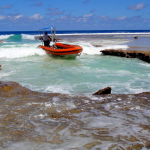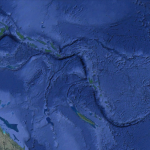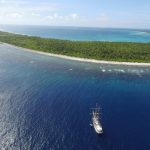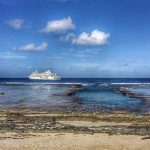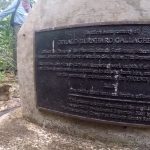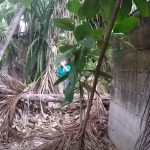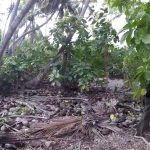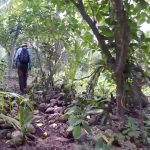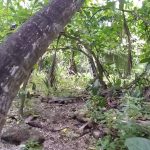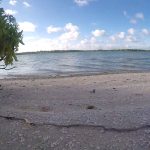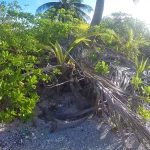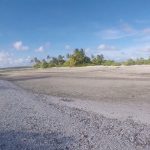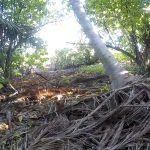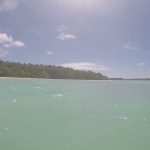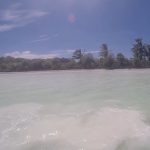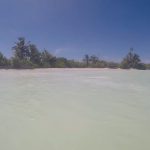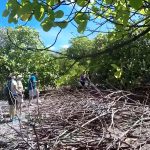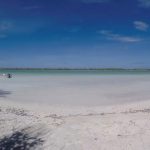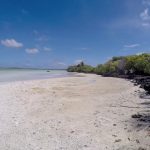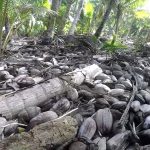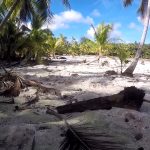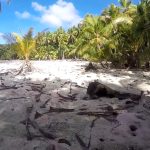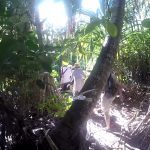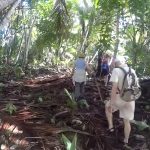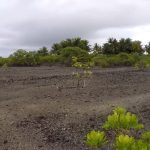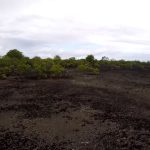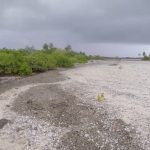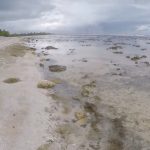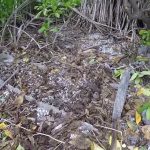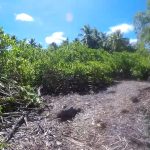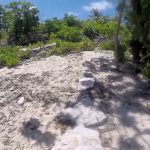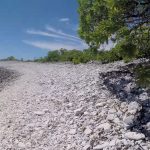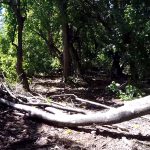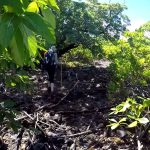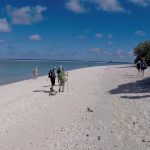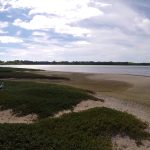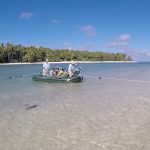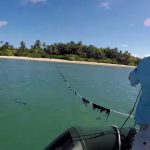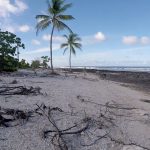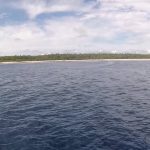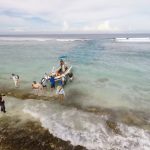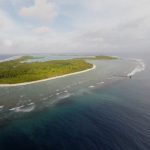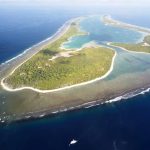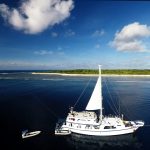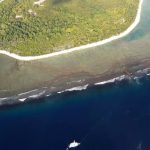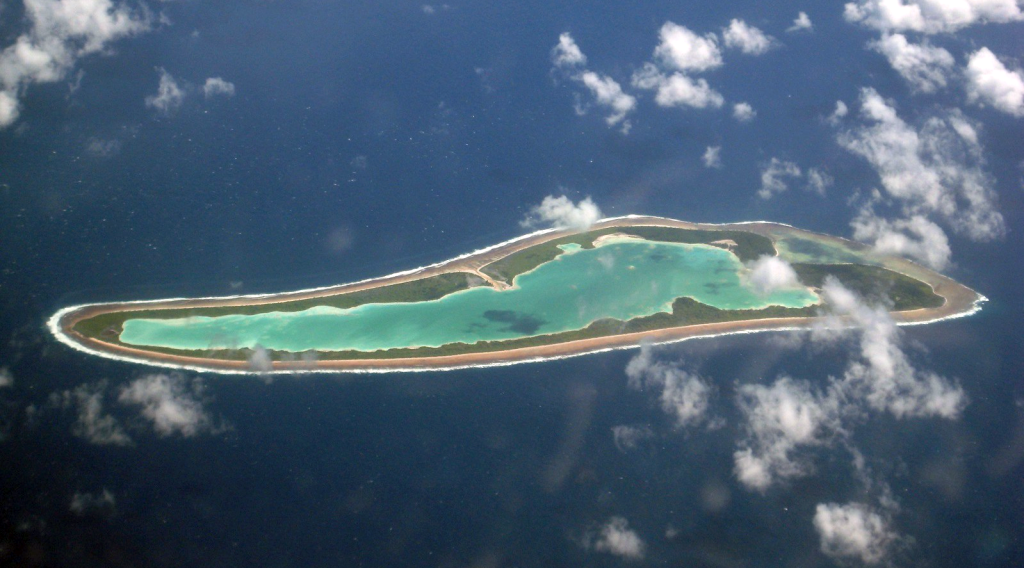
Nikumaroro Atoll (or Nikumaroro Island) is an atoll in Kiribati, in central-west Pacific. It is a triangular-shaped atoll, that looks like a single flat island encircling a large lagoon in the middle. That is why it is also called just Nikumaroro Island. Its maximum length/width is about 7kmX2km. The atoll has very dense vegetation, and rich marine and seabird species that attract many biologists worldwide (and is occasionally visited by them). At the west side of the atoll, there is an entrance to the lagoon over 150m wide.
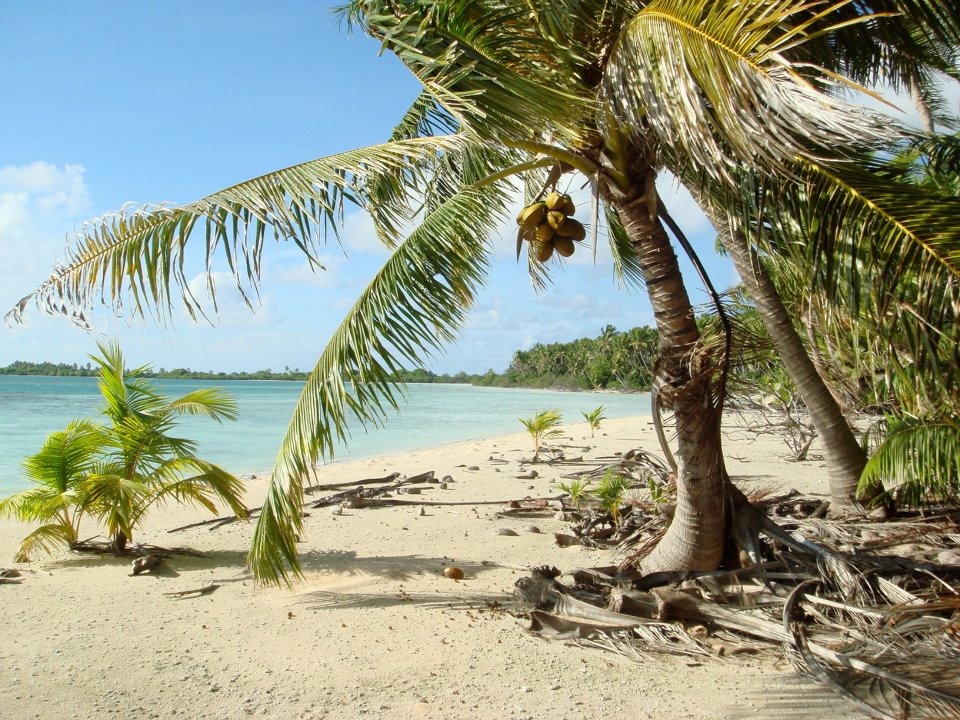
Nikumaroro Atoll, also known as Gardner Island, is part of the Phoenix Islands and is situated about 3,300 km southwest of Hawaii and about 1,400 km northeast of Fiji. It is also about 1000 km north of Samoa. The history of Nikumaroro Atoll is closely tied to the mystery surrounding the disappearance of Amelia Earhart, the pioneering aviator, and her navigator Fred Noonan, in 1937.
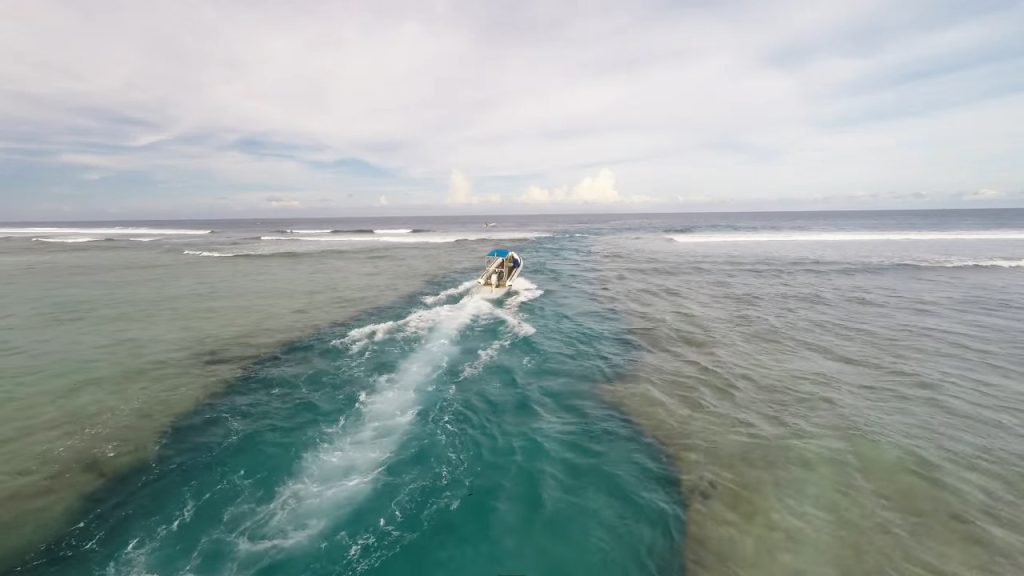
The earliest recorded history of Nikumaroro Atoll dates back to the 19th century, when it was used as a base for guano mining. Guano, or bird droppings, was a valuable commodity at the time, as it was used as a fertilizer.In 1892, the Pacific Islands Company established a mining operation on Nikumaroro Atoll, which continued until the early 20th century. During World War II, the United States established a military presence on Nikumaroro Atoll, building an airstrip and several buildings.
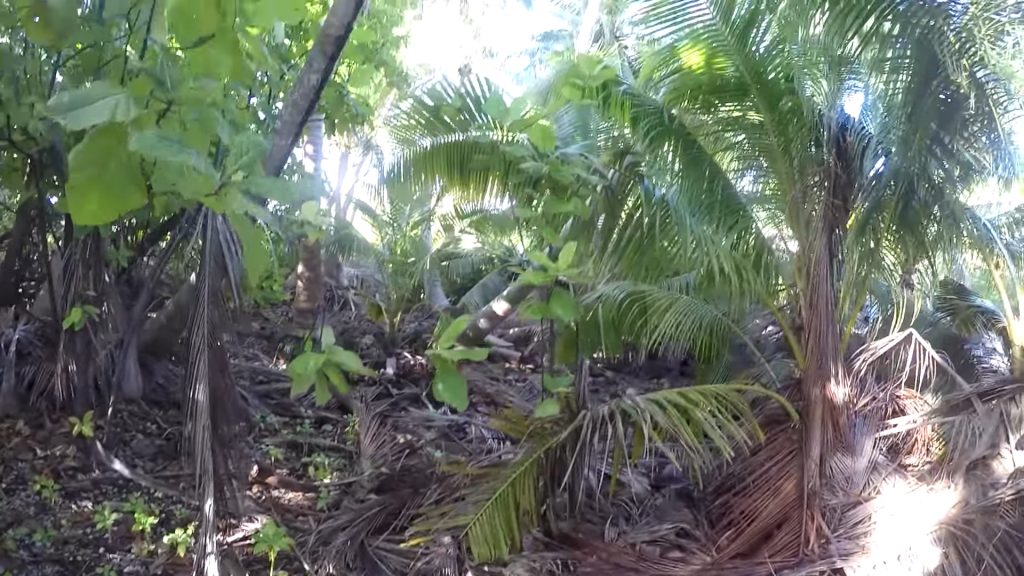
The atoll was used as a refueling stop for military aircraft and as a radar station for detecting enemy planes. After the war, the military abandoned the atoll, leaving behind the remains of several buildings and other structures. In 1963, the British government declared Nikumaroro Atoll part of the Phoenix Islands Protected Area, a marine reserve established to protect the region’s unique ecosystem. Today, the atoll is uninhabited, and access is restricted to scientific research and conservation efforts.
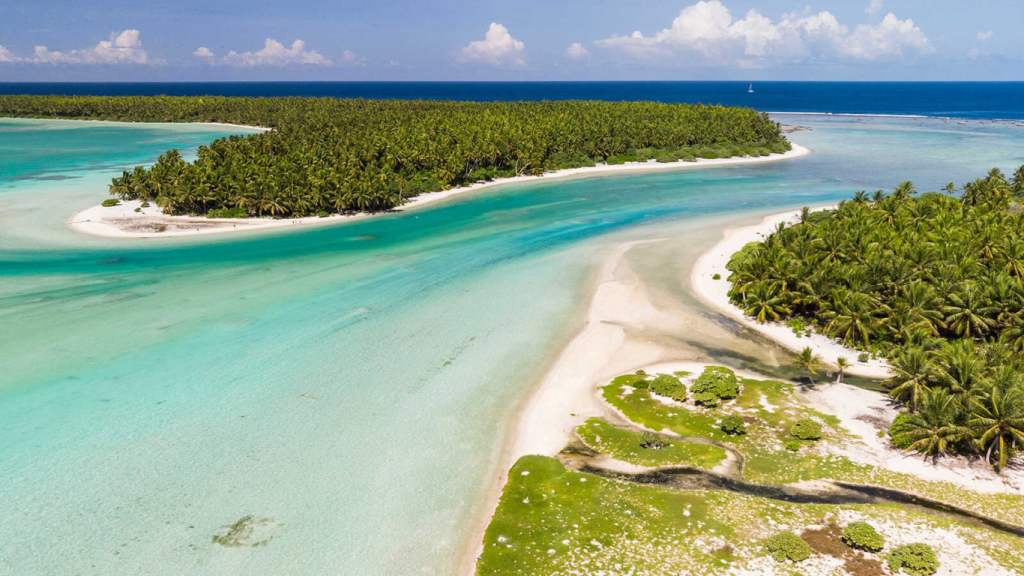
One of the most significant events in the history of Nikumaroro Atoll occurred on November 29, 1929, when the British steamer SS Norwich City ran aground on the reef surrounding the island. While the crew was rescued by another vessel, the wreckage of the Norwich remained on the reef for several years. In 1937, during the search for Amelia Earhart, investigators found several items on the island that they believed to be from Norwich, including a metal plate and a sextant box.

The discovery of these artifacts led some to speculate that the Norwich crew may have also been stranded on the island and attempted to survive as castaways. However, there is no definitive evidence to support this theory. The most well-known and enduring association with Nikumaroro Atoll is its connection to Amelia Earhart, the famous aviator who disappeared in the Pacific Ocean in 1937. Earhart and her navigator, Fred Noonan, were attempting to fly around the world when their plane, the Lockheed Electra, disappeared somewhere over the Pacific Ocean.
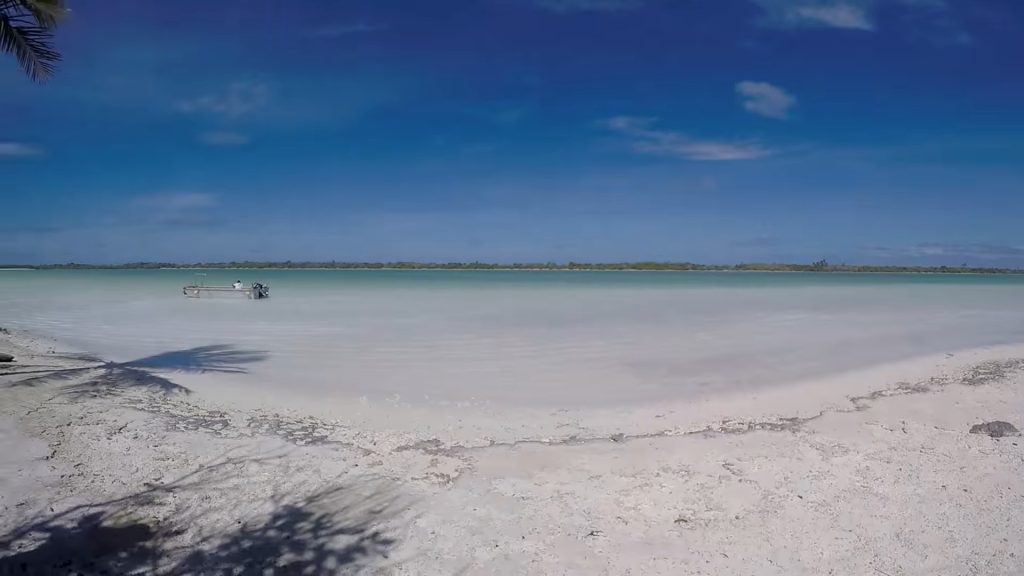
Despite an extensive search effort, no trace of the plane or its occupants was ever found. In the years since Earhart’s disappearance, there have been many theories and speculations about what happened to her and Noonan. One of the most compelling theories is that they may have crash-landed on Nikumaroro Atoll and survived as castaways for a period of time before ultimately succumbing to their injuries and the elements.

The theory that Earhart and Noonan landed on Nikumaroro Atoll is supported by several pieces of evidence. In 1940, a British colonial officer named Gerald Gallagher discovered a human skull on the island. The skull was sent to Fiji for forensic analysis, but at the time the technology was not advanced enough to determine its origin. In 1998, the International Group for Historic Aircraft Recovery (TIGHAR) conducted a thorough investigation of Nikumaroro Atoll in an attempt to find further evidence of Earhart’s presence on the island.
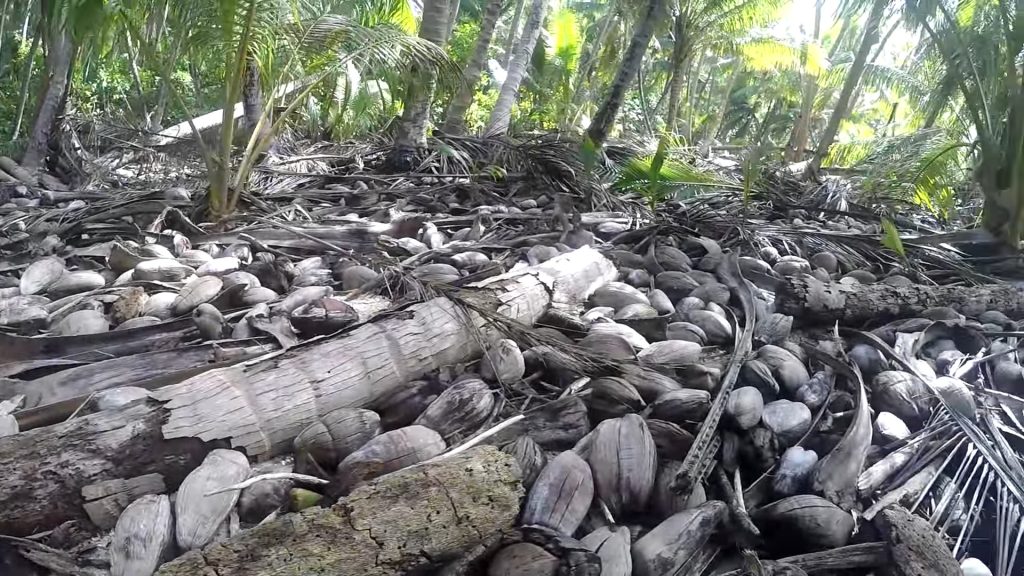
During their investigation, TIGHAR discovered a number of artifacts that they believe are consistent with Earhart’s plane and the items that would have been carried onboard. These artifacts include a piece of aluminum that is consistent with a patch used on Earhart’s plane, a zipper pull that matches those used on clothing from the 1930s, and a broken jar that was commonly used for freckle cream, which Earhart was known to use.
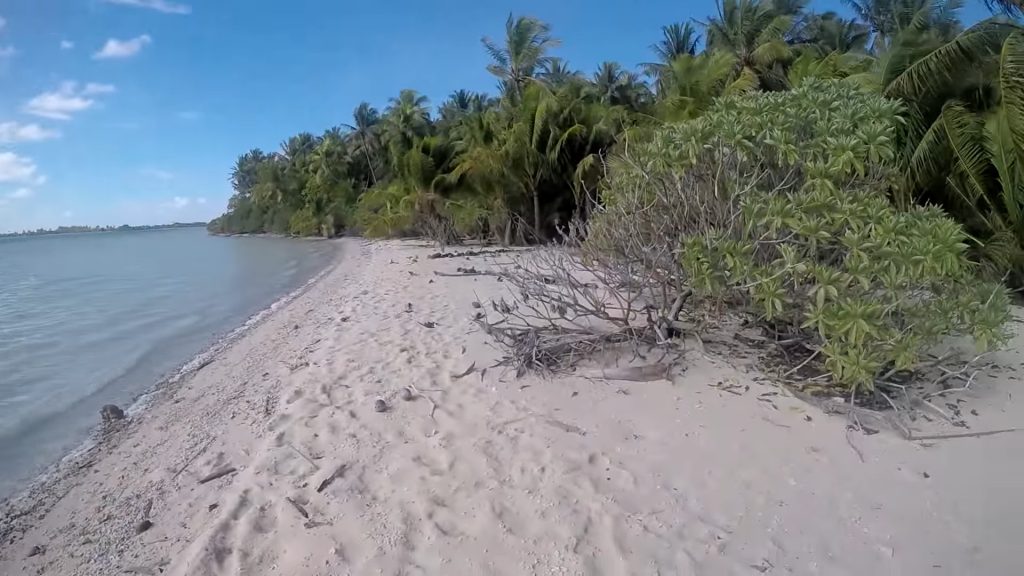
In addition to these artifacts, TIGHAR also conducted a forensic analysis of the bones found on the island in 1940. Using modern forensic techniques, they found that the bones were consistent with those of a European female, which fits Earhart’s description. TIGHAR believes that Earhart and Noonan may have landed on Nikumaroro Atoll and survived as castaways for several weeks before succumbing to their injuries and the harsh conditions of the island.
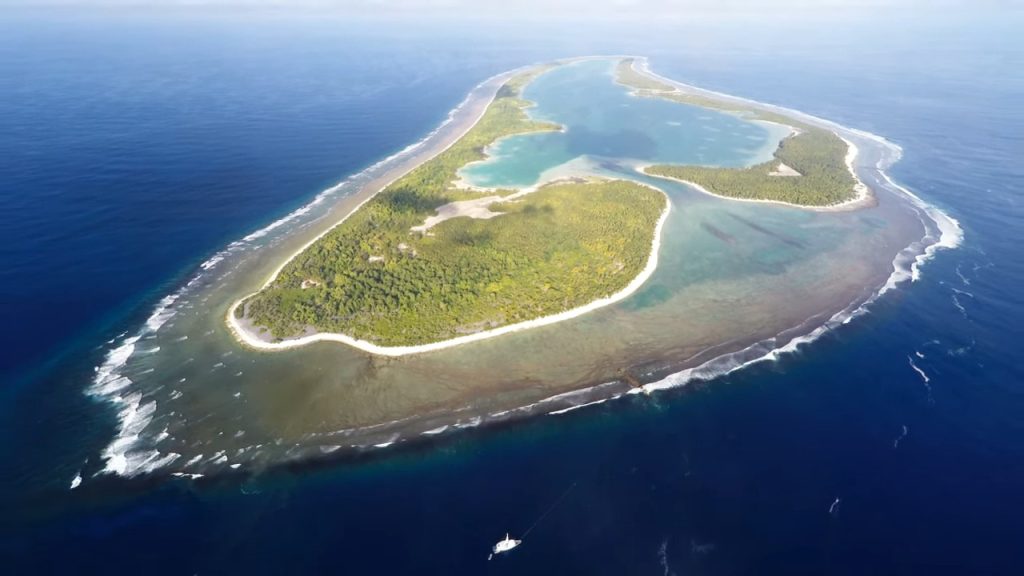
It is worth noting, however, that not all experts are convinced by the evidence put forward by TIGHAR. Some argue that the artifacts could have been brought to the island by other sources, such as shipwrecks or even by previous expeditions to the island. Others point out that the bones found on the island were likely scattered and moved by animals, making it difficult to determine their origin.
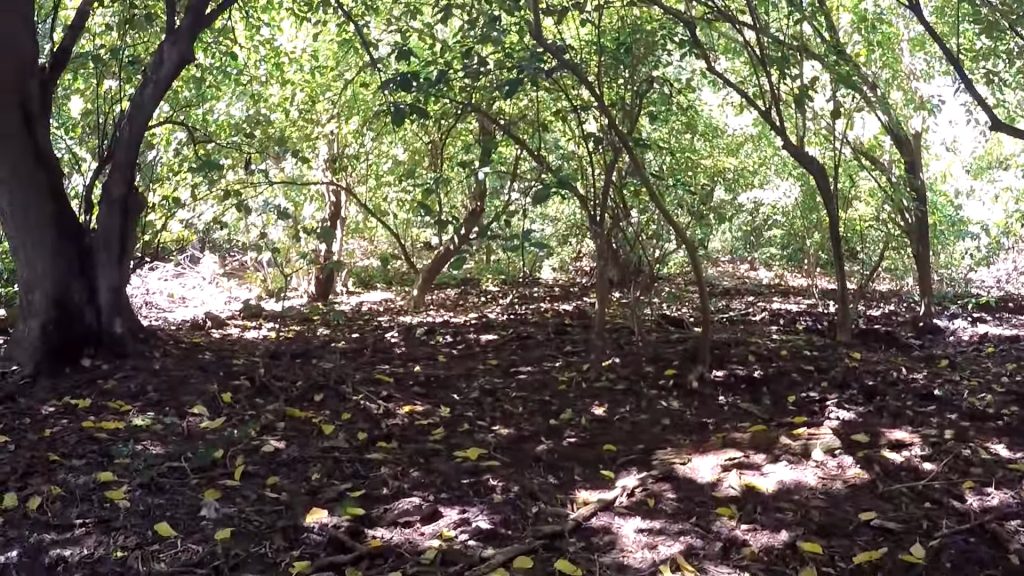
Despite these controversies, the mystery of Amelia Earhart’s disappearance has continued to captivate the public imagination, and Nikumaroro Atoll remains an important location in the ongoing search for answers. Aside from its association with the Amelia Earhart mystery, Nikumaroro Atoll is also of interest to scientists and conservationists due to its unique ecosystem. The atoll is home to a variety of marine life, including sharks, sea turtles, and tropical fish. It is also a breeding ground for several species of seabirds, including the Phoenix Petrel and the Lesser Frigatebird.
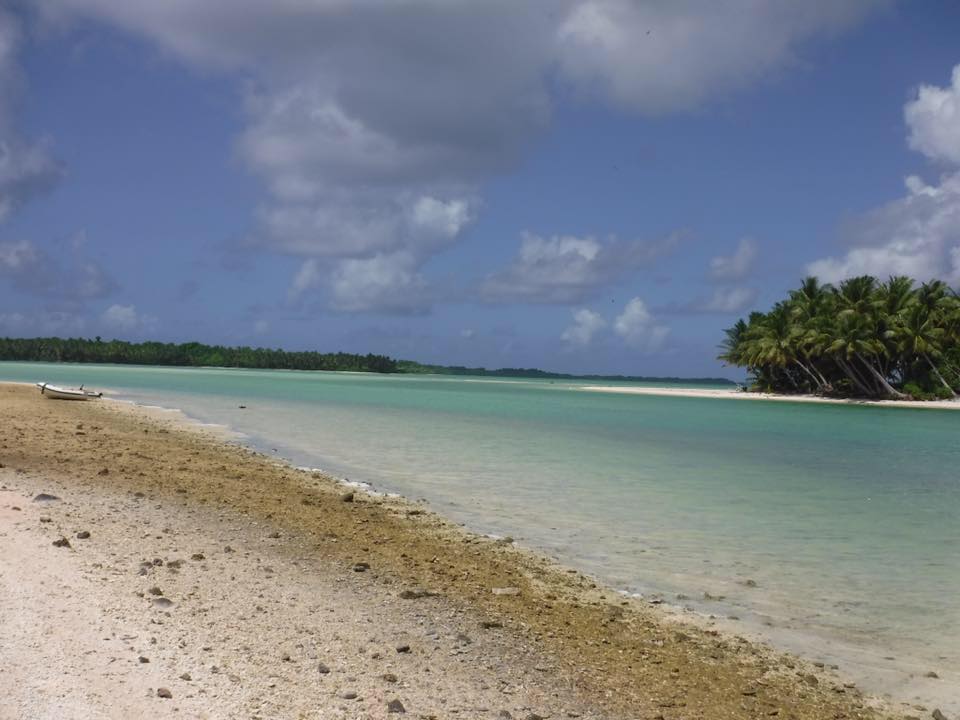
In addition to its ecological value, Nikumaroro Atoll also has significant historical and cultural value. The island is part of the traditional territory of the Kiribati people, who have lived in the region for thousands of years. The Kiribati people have a rich cultural heritage, including traditional music, dance, and handicrafts, which have been passed down through generations.
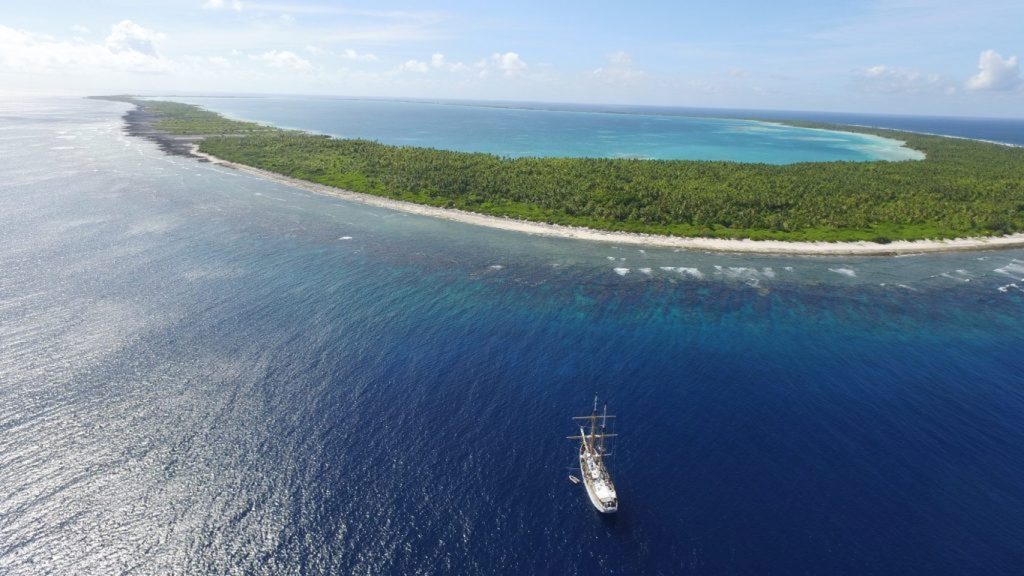
In recent years, there has been growing concern about the impact of climate change on Nikumaroro Atoll and other low-lying islands in the region. Rising sea levels and increased storm activity have led to coastal erosion and the loss of habitat for marine and terrestrial species. In response to these threats, the government of Kiribati has launched several initiatives aimed at protecting and preserving the atoll’s unique ecosystem and cultural heritage.
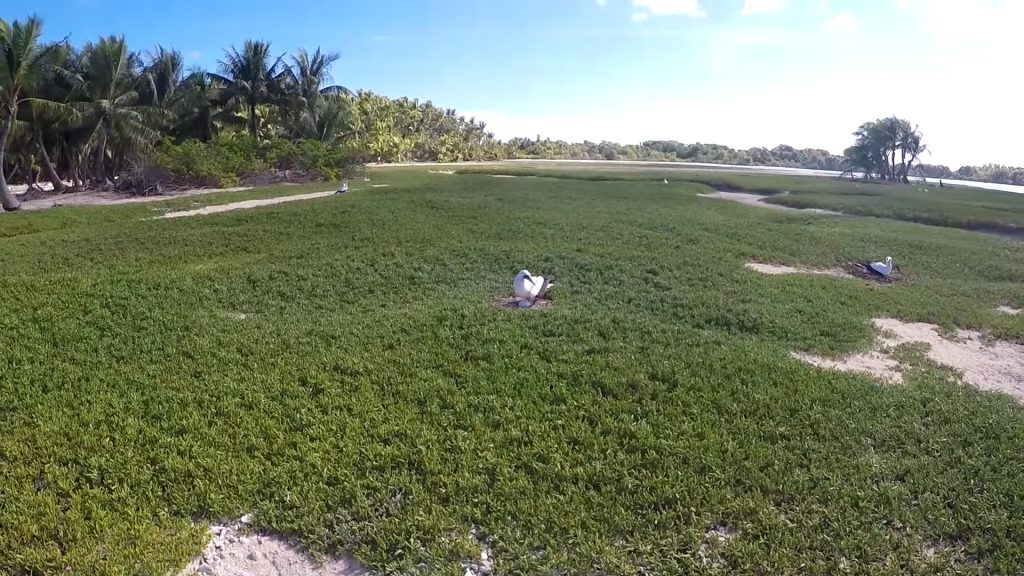
In a few words, we can say that the history of Nikumaroro Atoll is closely tied to the mystery surrounding Amelia Earhart’s disappearance, but the island has much more to offer as a unique ecosystem and a site of significant cultural and historical value: Nikumaroro Atoll is an important and fascinating part of the Pacific Ocean.
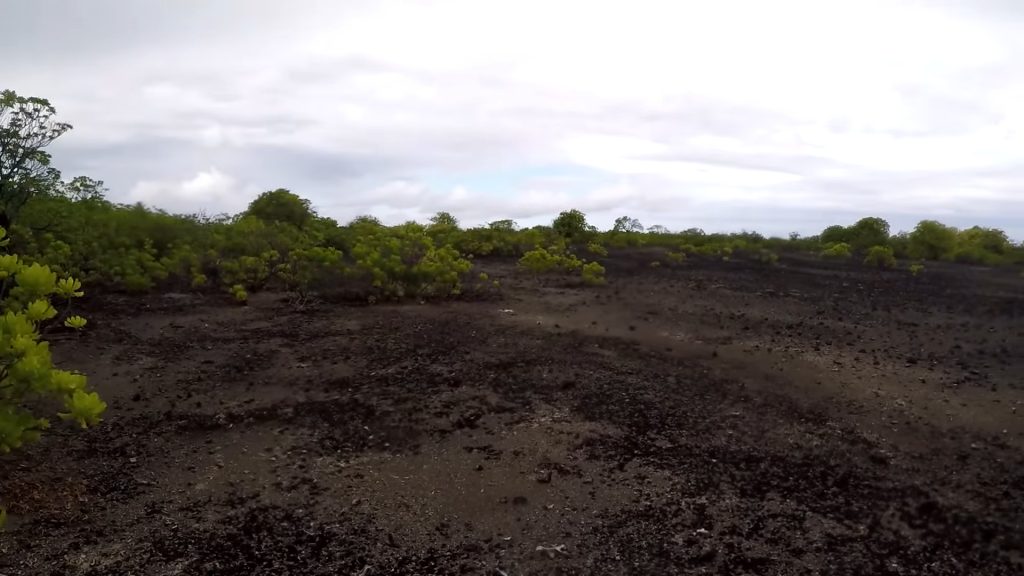
Now, you will get a youtube video of TIGHAR expedition trip to Nikumaroro in 2015 (I took the most of images from that video), then you will get a gallery with 76 images.
Now, you will get a Nikumaroro Atoll Gallery (76 pictures, click on a picture and wait for a little until the gallery loads, then scroll left/right, and press Esc to exit, optionally you can press F11 for a bigger gallery)
This post has been made in cooperation with Alejandro Remeseiro Fernández, a historian from ,,Islas y Atolones del Pacífico” Facebook group. Our educational alliance with combined knowledge will improve the quality of the information in posts which will add to the value of both his and our group,,Private Islands for Sale” and this blog as well.
